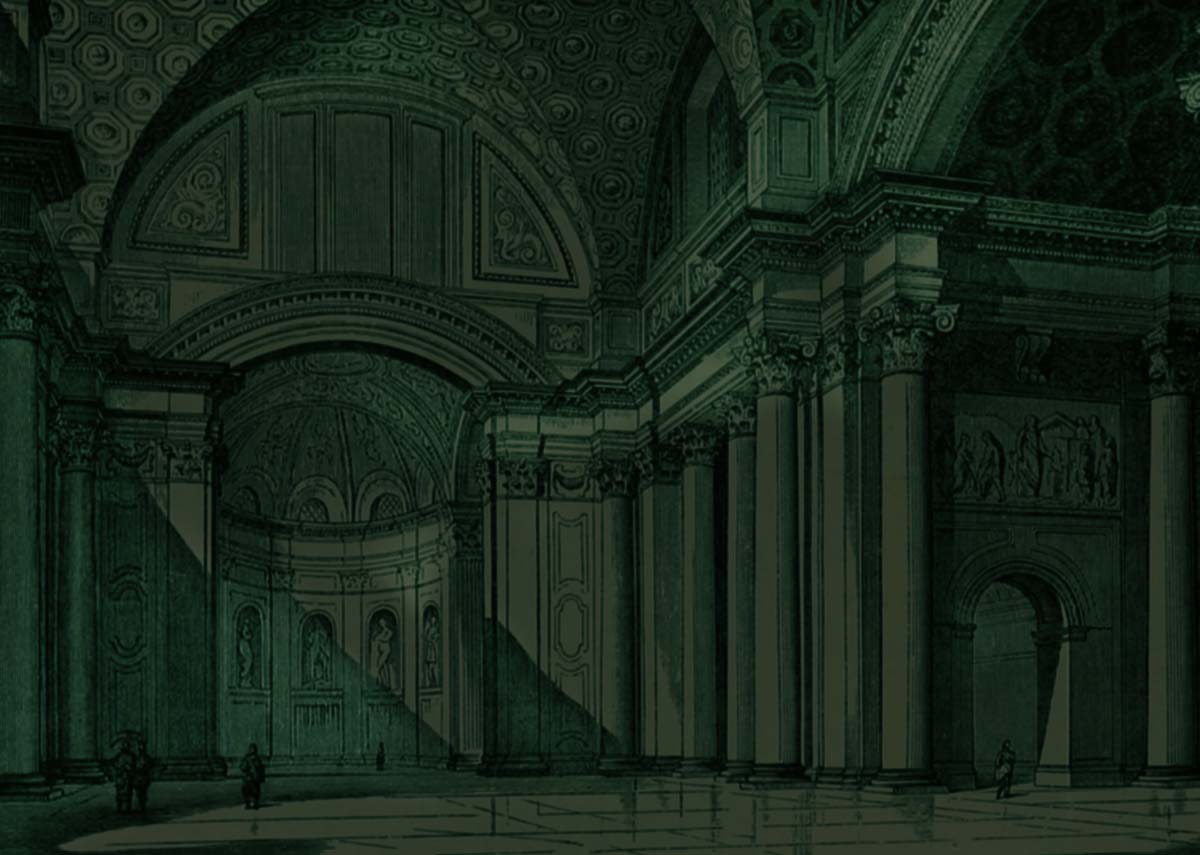

Beauty of Order
There’s a common misconception that art is aimed at expression of feeling, or a more postmodern one that art is about arousing a certain feeling in the viewer. Many see science, math, and general precision and order as fields that don’t overlap much with the realm of beauty (if they’re not downright opposed to each other).
As Dr. Mitch Stokes mentions in Old Western Culture and in Calculus for Everyone, there’s actually deep harmony between precise disciplines like STEM and the concept of beauty.
Plato and his predecessor, Pythagoras, were obsessed with the beauty, order, and surprising simplicity of numbers. They found that when they were looking to solve certain math problems, almost always when they were judging between different possible answers, the simplest and most beautiful option was correct one. This led Plato (and the scientists of today) to see a fundamental, beautiful harmony between rational order and the natural world.
Even in art, precision is not fundamentally opposed to beauty. The most beautiful works of art were created by artists who took years becoming more and more precise in their crafts.
Once we get past some misconceptions, we see the fundamental harmony between reason and our rational minds on the one hand, and the beauty of art and of the natural world on the other.
Cooper Salmon, Marketing and Cinematography
Roman Roads Press
Enjoy this preview of the The Old Western Culture poster for The Enlightenment.
Classroom posters for all 16 units coming soon!



If you want to discover the beauty and harmony of STEM, the best curriculum on the market today is Calculus for Everyone. Rooted in the Western tradition, this integrated approach is for mathy types and non-mathy types alike.








